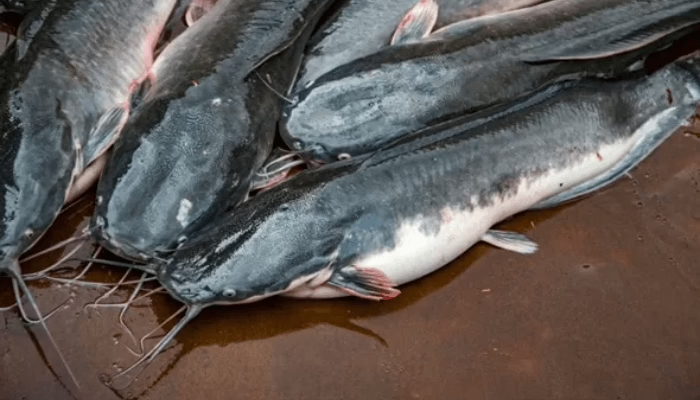Unlocking Profit Potential in Catfish Farming
With the rising demand for affordable protein sources and the persistent gap in local fish production, catfish farming has emerged as a lucrative venture. Entrepreneurs and farmers alike are discovering strategies to reduce operational expenses while enhancing food security through sustainable aquaculture practices.
Strategies to Reduce Costs and Increase Yields
Successful catfish farmers emphasize the importance of efficient feed management, water quality control, and disease prevention to optimize growth rates and minimize losses. For instance, adopting locally sourced feed alternatives and implementing regular pond maintenance can significantly cut down expenses.
Addressing Food Security Through Aquaculture
As global fish consumption continues to rise-projected to reach 22.3 kg per capita by 2025 according to the FAO-boosting domestic catfish production is critical. This not only reduces reliance on imports but also supports nutritional needs in underserved communities.
Case Study: Innovative Approaches in Catfish Farming
In regions like Southeast Asia, farmers have integrated recirculating aquaculture systems (RAS) to enhance water efficiency and fish health, resulting in higher profit margins. Similarly, Nigerian catfish farmers are experimenting with hybrid breeds to improve growth rates and disease resistance.
Conclusion: The Future of Catfish Farming
By embracing modern farming techniques and focusing on cost-effective practices, investors can tap into the expanding market for catfish. This not only promises financial returns but also contributes to sustainable food production and economic development.





















0 Comments